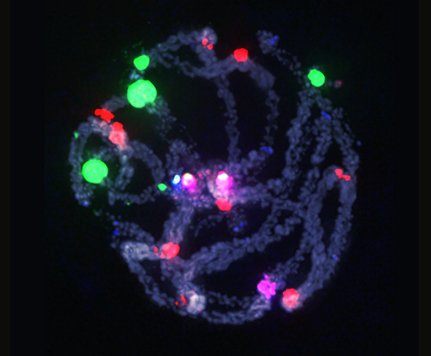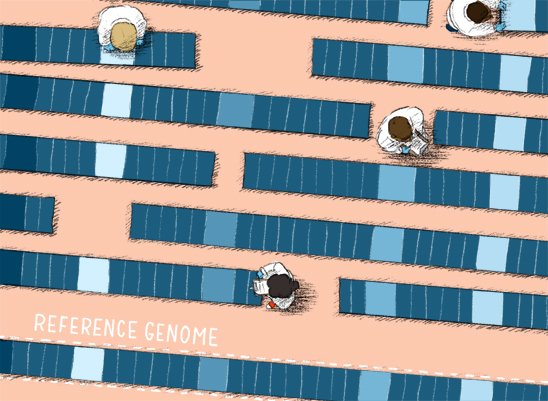For lots of different organisms—humans, mice, and even a few exotic creatures like seahorses—we’ve figured out the whole genome. We know on which chromosomes specific genes are located, and we also know the order of the millions of bases that make up each chromosome. We organize this information into a “map” of each genome.
A genome contains all of the instructions for building and operating an organism. Having a genome map helps us do things like diagnose and treat diseases, improve crops, track down the basis of inherited traits, and much more.
Read on to learn more about what it takes to build a genome map.
Genome maps and DNA sequences are used across many areas of biology. Visit the following pages to learn more:
Precision Medicine
Genetic Disorders
The Human Microbiome

A genome is all of an organism's DNA, including a complete set of its genes. It contains massive amounts of information, often many millions or even billions of nucleotides in all.




